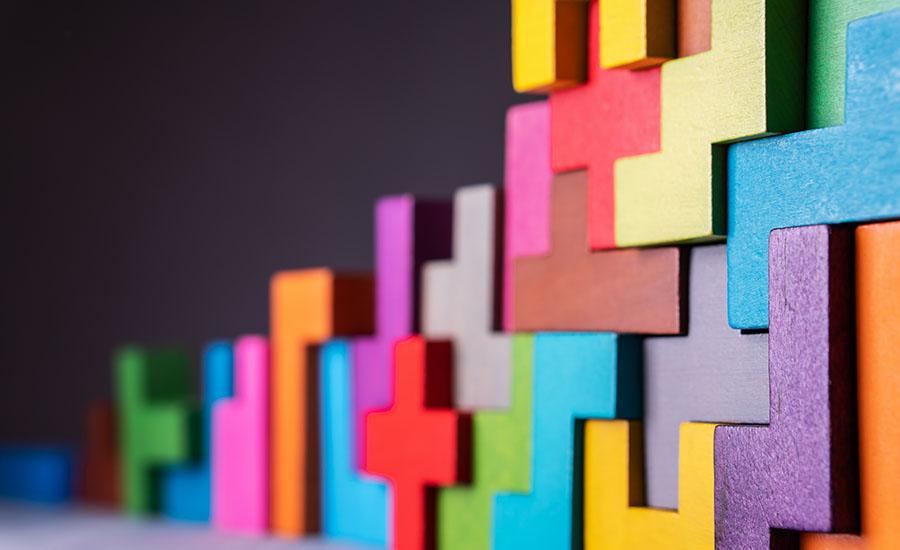
Creating Sustainable Solutions With Bioplastics Part 2
by Scott Milne
This lesson is a follow-up to the lesson titled "Creating Sustainable Solutions with Bioplastics Part 1". In this lesson, students evaluate different ingredients for bioplastics and create a minimum viable product by experimenting with different bioplastic recipes. Students will identify a plastic product that could be replaced using bioplastics once they identify the characteristics of different recipes and then students work in groups to design a bioplastic equivalent of that product. This lesson takes multiple days to facilitate the experimentation with and testing of different ingredients and ends with students presenting their product to the class and evaluating the pros and cons and their recipe and design.
Lesson Plan Link/URL
https://docs.google.com/presentation/d/19keuSGU0tOAGoJBk8FhrAE5YCksxUfFnmoaPx0e…Subject Area
Science Physical Science P1: Matter Technology 4. Innovative Designer Engineering S1: Engineering & Global Society S4: Apply Science to Engineering S6: Apply Communications to Engineering Mathematics Measurement and Data (MD) English Language Arts (ELA) Writing Speaking & Listening
Featured
Off
Related Content

Grades:
9th Grade, 10th Grade
This lesson plan focuses around 4 key topics, with activities for each. The plan covers renewable energy, solar energy, why solar energy is important, and what the children can do to conserve energy

Grades:
Kindergarten, 1st Grade, 2nd Grade, 3rd Grade, 4th Grade, 5th Grade, 6th Grade, 7th Grade, 8th Grade
Most students are likely familiar with popular films like Happy Feet, Surf’s Up, Penguins of Madagascar, and classic books like Mr. Popper's Penguins. Capitalizing on this familiarity with penguins

Grades:
8th Grade, 9th Grade, 10th Grade, 11th Grade, 12th Grade
A lesson designed for an engineering course but that can be used in a science course where we investigate the physics of waves and how it can be applied to the world of art. Students will design and

